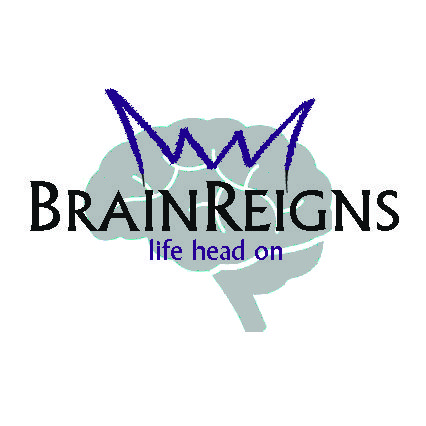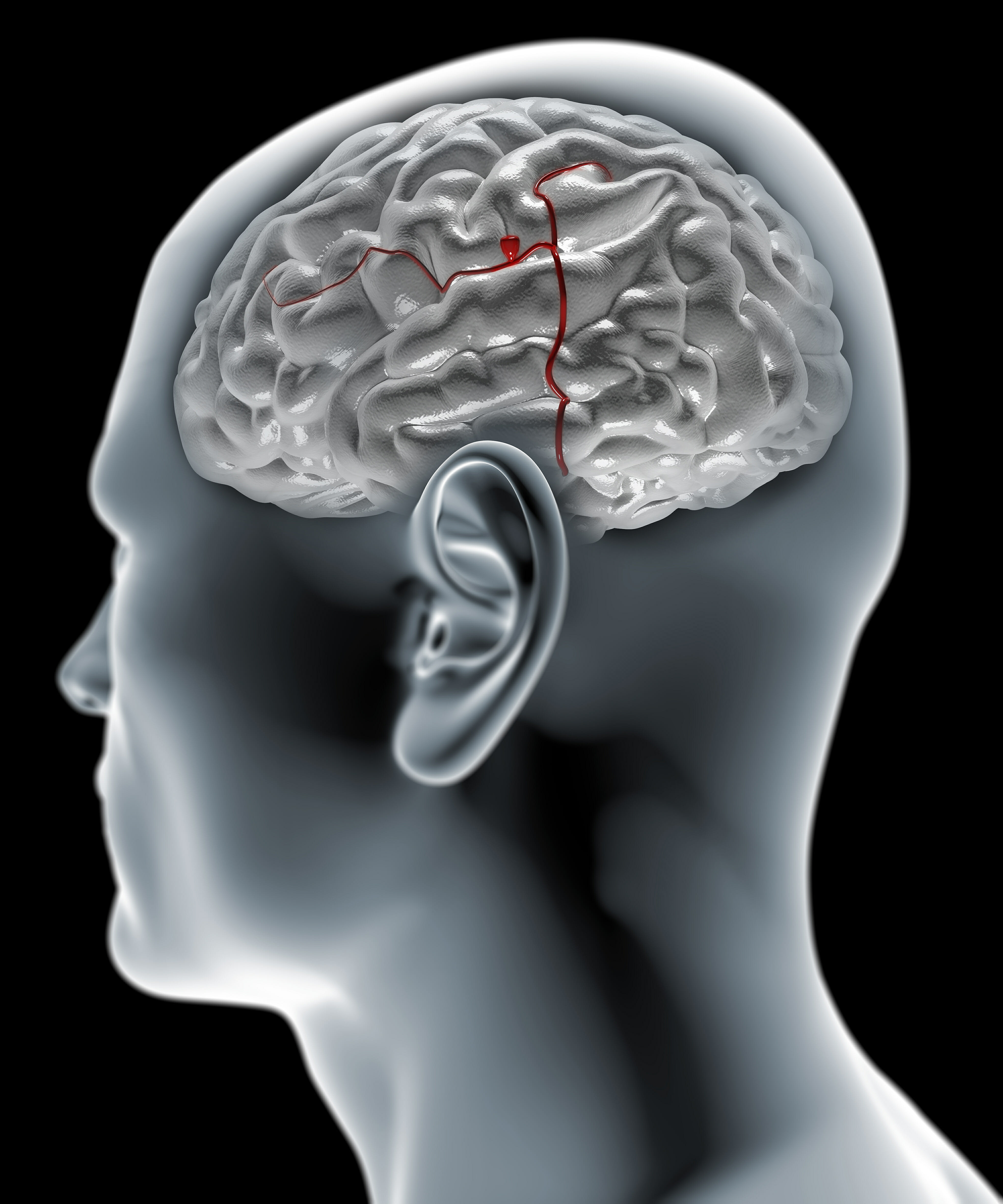On January 9, 2015, at age 46, I suffered a ruptured brain aneurysm and misdiagnosis, only no one knew.
 The headache hit me suddenly. I was nauseous, disoriented, experienced pressure in my head, had slight problems with my vision, and was scared. My family called paramedics for help. The emergency medical team told me I had the flu. I told the team I thought I had a stroke because I heard a pop in my head. They insisted it was the flu, offered me a ride to the hospital, but ultimately left. With the diagnosis of flu, I went to an urgent care center. They gave me the same diagnosis. Again, I told the urgent care I thought I had a stroke. They tested me for flu and the test came back negative. Unbelievably, they told me I had the flu that couldn’t be tested and sent me home with nausea and pain medicine. At this time, I felt quite foolish, as if I had really overreacted to a bad headache.
The headache hit me suddenly. I was nauseous, disoriented, experienced pressure in my head, had slight problems with my vision, and was scared. My family called paramedics for help. The emergency medical team told me I had the flu. I told the team I thought I had a stroke because I heard a pop in my head. They insisted it was the flu, offered me a ride to the hospital, but ultimately left. With the diagnosis of flu, I went to an urgent care center. They gave me the same diagnosis. Again, I told the urgent care I thought I had a stroke. They tested me for flu and the test came back negative. Unbelievably, they told me I had the flu that couldn’t be tested and sent me home with nausea and pain medicine. At this time, I felt quite foolish, as if I had really overreacted to a bad headache.
Medical professionals are not necessarily educated to look for brain aneurysm rupture symptoms. This leads to frequent misdiagnosis. I called for help and exhibited classic symptoms of a ruptured brain aneurysm as described by the Mayo Clinic. These professionals diagnosed me with the flu not once, but twice. They were so confident in their diagnosis, they didn’t even give me a list of symptoms or scenarios that should send me to the emergency room. So, I laid in agonizing pain for 9 days until I conjured up the confidence to get a third opinion. Enough confidence to walk into the emergency room and say, “This is not the flu, they have to be wrong.” I learned in the emergency room that I had a slow-leaking ruptured aneurysm which required brain surgery that night.
I was right. The ruptured brain aneurysm caused subarachnoid hemorrhage, which is a form of stroke. I have learned a lot since that time. The truth is I was coherent and could still walk, so the medical professionals would not even listen to the possibility of stroke. Since that time, medical professionals I have spoken with seem to think a brain aneurysm is equivalent to death. One emergency room nurse asked me what a thunderclap headache was and the symptoms of an aneurysm. They cannot possibly know every symptom and every illness. But, this condition brings quick demise. We need to educate and spread brain aneurysm awareness.
Medical journals say aneurysms are rare. However, friends always have a story of someone they know who was affected. Their experience may be with aneurysm, or stroke, or AVM, but there is always a story. It doesn’t seem so rare to me anymore.
I wonder every day why I was spared. This experience changed me. My new priority is to educate people on aneurysms, a word I didn’t understand and certainly couldn’t spell prior to this event.

 What is a cerebral aneurysm or brain aneurysm?
What is a cerebral aneurysm or brain aneurysm?